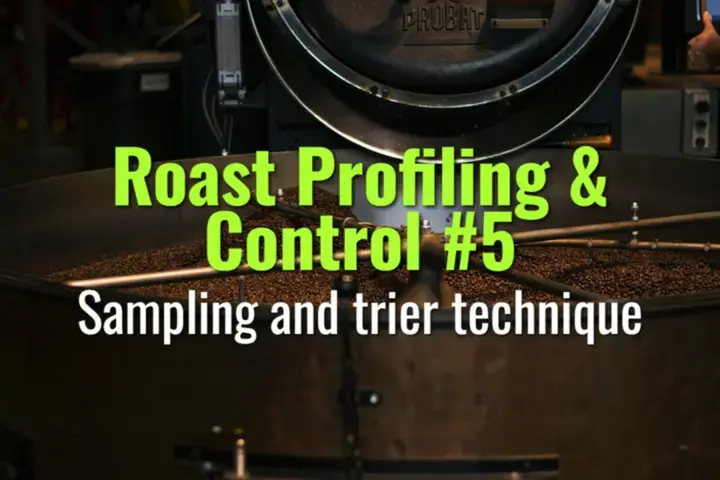Sampling and trier technique
This topic covers how to properly sample coffee beans during roasting using a trier, ensuring accurate roast monitoring and consistency across batches.
- Coffee Basics Nerds
- 1 min read

Key Concepts
-
Purpose of Sampling:
-
To monitor roast progress without disrupting the roast process.
-
Provides data for color, aroma, and bean development assessment.
-
Helps identify deviations early to make adjustments.
-
Trier Tool Overview:
-
A trier is a small metal probe that allows beans to be extracted from the roasting drum safely.
-
Can be inserted and removed quickly to sample beans without significant heat loss.
-
Technique:
-
Insert the trier gently to avoid damaging beans.
-
Take samples at key roast stages (e.g., turning point, first crack, development phase).
-
Ensure consistent sampling location to reduce variability.
-
Avoid prolonged exposure to air to prevent cooling of sampled beans.
-
Assessment After Sampling:
-
Visual inspection for color development.
-
Smell for aroma development and off-notes.
-
Optional: measure bean temperature and moisture if applicable.
-
Best Practices:
-
Always use clean triers to avoid contamination.
-
Record time, temperature, and stage when sampling to track roast profiles.
-
Train operators to handle triers consistently for reliable data.
Summary
Using a trier correctly ensures representative sampling of coffee beans during roasting. Proper technique and consistent practices allow roasters to monitor bean development accurately and maintain batch consistency.